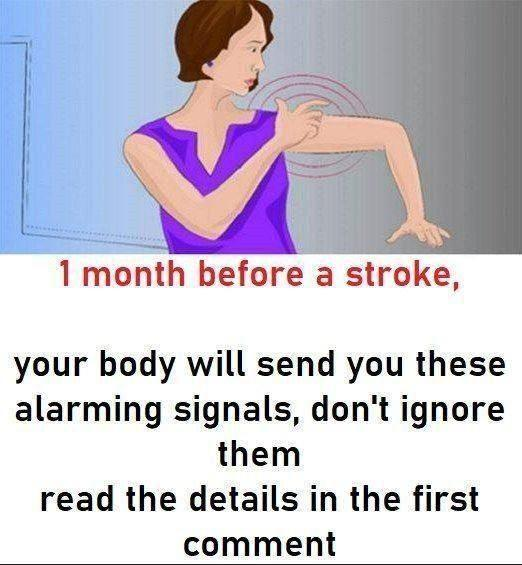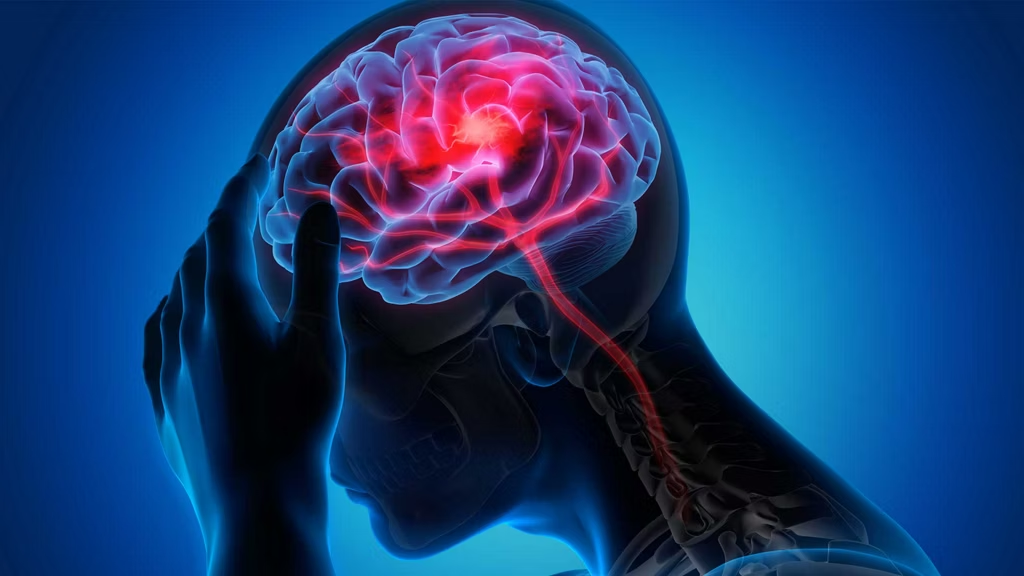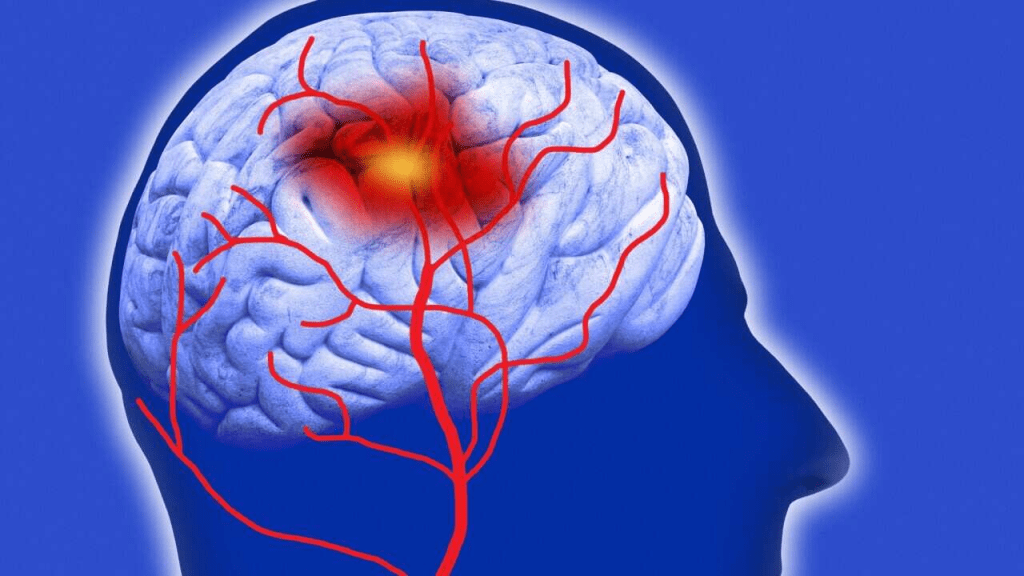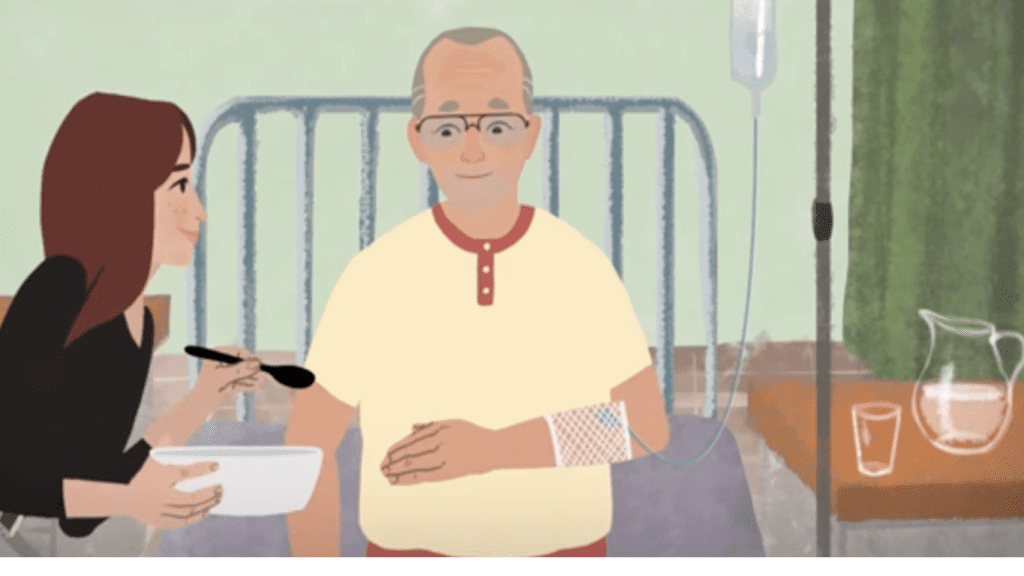As we navigate the complexities of modern life, it’s easy to overlook the silent threats lurking within our bodies. One such danger that deserves our utmost attention is the risk of stroke. Strokes are not just a concern for the elderly – they can strike at any age, and the consequences can be devastating.
Understanding the Basics of Stroke
A stroke occurs when the blood supply to the brain is interrupted, typically due to a blocked or ruptured blood vessel. This disruption deprives brain cells of the vital oxygen and nutrients they need to function, leading to cell death and permanent damage. The effects of a stroke can range from mild symptoms that disappear quickly to severe, life-altering impairments.

Recognizing the Warning Signs
Stroke symptoms can vary, but the sooner they are recognized, the better the chances of a successful recovery. The acronym “FAST” is a simple way to remember the key signs:
- Face drooping
- Arm weakness
- Speech difficulty
- Time to call for emergency help
If you or someone you know is experiencing these symptoms, it’s crucial to seek immediate medical attention. Acting quickly can mean the difference between a full recovery and long-term disability.
Identifying Risk Factors
While strokes can affect anyone, certain factors can significantly increase your risk. Understanding these risk factors is the first step in taking proactive measures to protect your health.
Some risk factors, such as being overweight, smoking, or leading a sedentary lifestyle, are within our control and can be modified through lifestyle changes. Others, like high cholesterol, high blood pressure, diabetes, or atrial fibrillation, require medical management and close monitoring.
Preventing Strokes: A Comprehensive Approach
Reducing your risk of stroke involves a multifaceted approach that encompasses both lifestyle and medical interventions.

Lifestyle Modifications
- Maintain a healthy diet rich in fruits, vegetables, and whole grains
- Engage in regular physical activity, aiming for at least 30 minutes of moderate exercise most days of the week
- Quit smoking and limit alcohol consumption
- Manage stress through relaxation techniques, such as meditation or yoga
Medical Interventions
- Monitor and control conditions like high blood pressure, high cholesterol, and diabetes
- Take prescribed medications, such as blood thinners or cholesterol-lowering drugs, as directed by your healthcare provider
- Undergo recommended screening tests, such as carotid artery ultrasounds or heart rhythm checks
Navigating the Road to Recovery
If you or a loved one has experienced a stroke, the recovery process can be daunting. However, with the right medical care and support, many stroke survivors can regain their independence and quality of life.
Immediate Treatment
The type of treatment you receive will depend on the severity and type of stroke. Restoring blood flow to the brain is the top priority, and this may involve medication to dissolve blood clots or surgical interventions to improve blood flow.

Long-Term Care
After the initial treatment, ongoing care may be necessary to prevent future strokes and aid in the recovery process. This may include:
- Medications to prevent blood clots or lower blood pressure
- Rehabilitation therapy to address speech, mobility, or cognitive impairments
- Lifestyle changes to reduce the risk of recurrent strokes
Remember, the sooner you receive treatment, the better the outcome. Seeking help promptly not only makes treatment easier but also reduces the likelihood of long-term complications.
Empowering Yourself with Knowledge
Knowledge is power when it comes to stroke prevention and management. By understanding the warning signs, recognizing risk factors, and taking proactive steps to protect your health, you can significantly reduce your chances of experiencing a devastating stroke.

Remember, the FAST acronym is a simple yet effective way to remember the key signs of a stroke. If you or someone you know is experiencing these symptoms, don’t hesitate – call for emergency assistance immediately. Time is of the essence when it comes to stroke treatment.
Conclusion
Strokes are a serious and life-threatening event, but with the right information and preventive measures, you can take control of your health and reduce your risk. By making lifestyle changes, managing underlying medical conditions, and seeking prompt medical attention when necessary, you can greatly improve your chances of avoiding a stroke and enjoying a long, healthy life.
Remember, your health is your most valuable asset. Take the time to educate yourself, make informed decisions, and surround yourself with a supportive network of healthcare professionals and loved ones. Together, we can work to prevent strokes and empower individuals to live their best lives.


